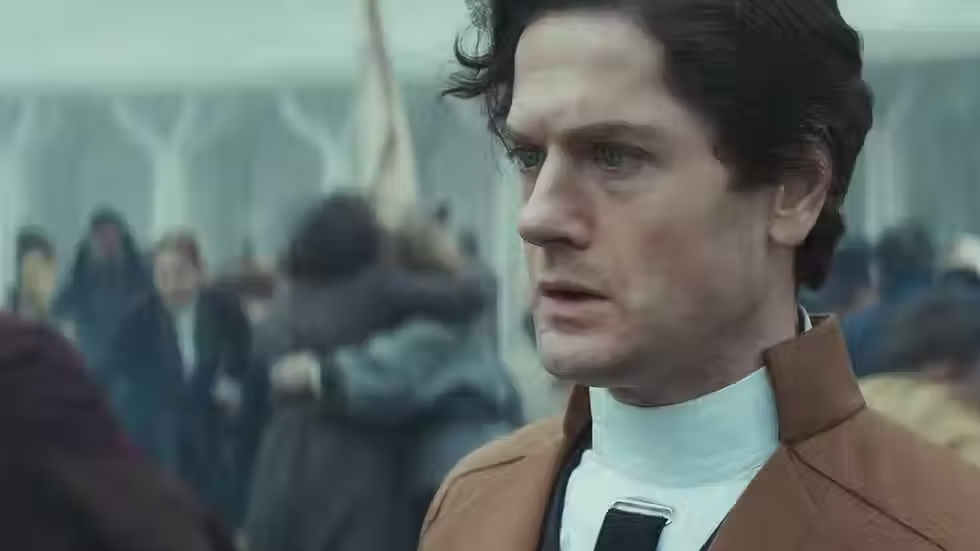The Nature of Evil in Disney's Animated Canon
- ogradyfilm
- Nov 25, 2018
- 2 min read
One of the primary thematic questions driving Disney’s recent animated output has been “Where does evil truly reside?” As in real life, the answer isn’t always immediately obvious.
In Big Hero 6, for example, our ragtag band of fledgling superheroes initially assumes that the clearly corrupt corporate executive played by Alan Tudyk is behind the mysterious crimes they’re attempting to thwart, but when the villainous Yokai’s mask comes off, the face behind it belongs to Professor Callaghan, our protagonist’s respected (almost to the point of reverence) mentor.
In Frozen, it at first appears that the central conflict will be driven by the greedy, ambitious, and superstitious Duke of Weselton, who not only fears Queen Elsa’s immense ice powers, but also covets her kingdom’s riches, giving him ample motivation to orchestrate her demise. However, the role of central antagonist is eventually inherited by the conniving, manipulative Prince Hans, who was probably dismissed as Anna’s “Unlucky First Romantic Interest” shortly after Kristoff swaggered into the picture.

In Zootopia, the Mystery of the Missing Mammals is solved when it comes to light that Mayor Lionheart, obsessed with protecting his own public image, has been kidnapping predators as they “go savage” in order to prevent widespread panic. In the end, though, it turns out the whole sordid affair only transpired due to the machinations of small, quiet, unassuming, overlooked, and immensely put-upon Assistant Mayor Dawn Bellwether.
As with any recurring theme, Disney’s “Villain Hidden in Plain Sight” twist quickly became predictable. Therefore, in Moana, the studio did something remarkable: it reversed the formula. In this particular story, there is no strongly-defined central villain. The slow decay of the natural world provides the threat that spurs our heroine into action, and the various creatures that stand between her and her goal would more accurately be described as “obstacles” than traditional “bad guys.” But once the last and most significant of these obstacles, the lava demon Te Ka, is finally vanquished, its charred, ashen flesh flakes away, revealing the vibrant green form of Te Fiti, the long-lost island goddess, creator of all that Moana holds dear.

To summarize: rather than teaching us that evil can reside in the hearts of the people we trust, the people who charm us, or the people we fail to notice, Moana teaches us that the things that frighten or intimidate us the most might, in fact, be completely benevolent. That doesn’t necessarily make Moana a better overall film than Frozen or Zootopia, but it’s still a lesson worth learning.
[Originally written December 4, 2016.]





Comments